Setting up a desk in your bedroom can be a strategic decision, offering convenience and functionality in a space where you spend a significant portion of your time. However, determining the ideal placement requires careful consideration of various factors, including the layout of your bedroom, ergonomic principles, and access to natural light. By assessing these elements thoughtfully, you can create a conducive workspace that promotes productivity and comfort.
Assessing Bedroom Layout
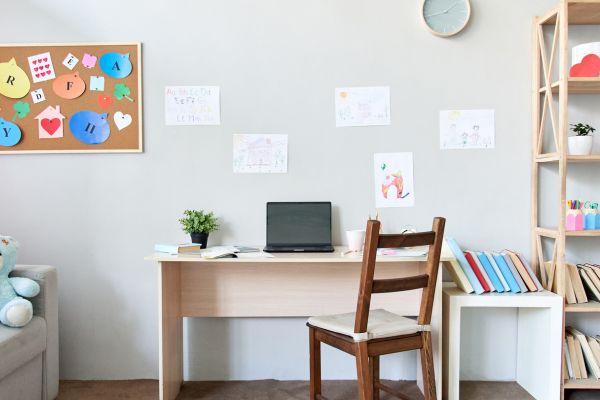
Before deciding on the placement of your desk, take stock of your bedroom’s layout. Consider the available space, existing furniture placement, and traffic flow. Ideally, you want to position your desk in an area that maximizes useable space without obstructing movement within the room. Additionally, think about the proximity to power outlets and the potential for minimizing cord clutter to create a clean and organized workspace.
Understanding Ergonomics
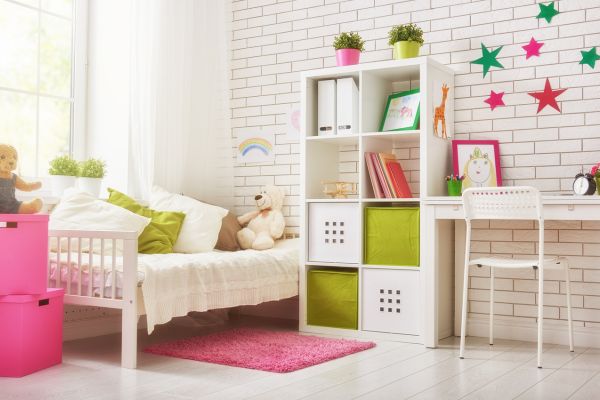
Ergonomics plays a crucial role in determining the optimal placement of your desk within your bedroom. Aim to set up your workspace in a way that promotes good posture and reduces strain on your body. This involves ensuring that your desk and chair are at appropriate heights, allowing for proper alignment of your wrists, back, and neck. Consider investing in an ergonomic chair and adjustable to customize your setup according to your individual needs and preferences.
Natural Light Considerations
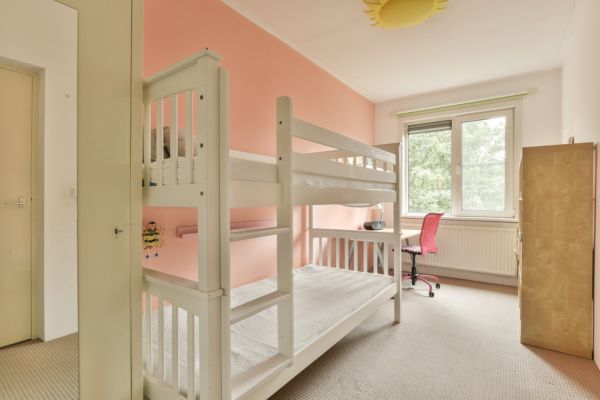
Take into account the availability of natural light in your bedroom. Positioning your workspace near a window can offer numerous benefits, including increased productivity, mood enhancement, and reduced reliance on artificial lighting during daylight hours. However, be mindful of potential glare or excessive brightness that could affect your ability to work comfortably. Consider using window treatments or positioning your desk at an angle to mitigate these issues while still capitalizing on the natural light.
Minimizing Distractions
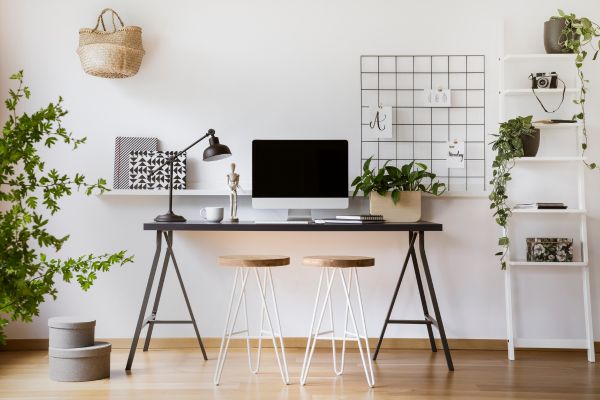
Choosing the right location for your desk in your room involves minimizing distractions to optimize productivity. Consider placing your desk away from high-traffic areas or sources of noise to create a quiet and focused workspace. Avoid positioning it directly facing a television or bed, as these can tempt you to engage in non-work-related activities or lead to interruptions. By strategically placing your desk in a less distracting area of your bedroom, you can enhance your ability to concentrate and complete tasks efficiently.
Creating a Productive Environment

The placement of your desk in your room can significantly impact the overall productivity of your workspace. Aim to position it in a well-lit area with ample natural or artificial light to reduce eye strain and enhance alertness. Additionally, consider the layout of your bedroom and how it influences workflow. Placing your desk near organizational tools such as shelves or drawers can facilitate easy access to materials and minimize clutter, further promoting productivity and efficiency in your workspace.
Personal Preferences and Habits
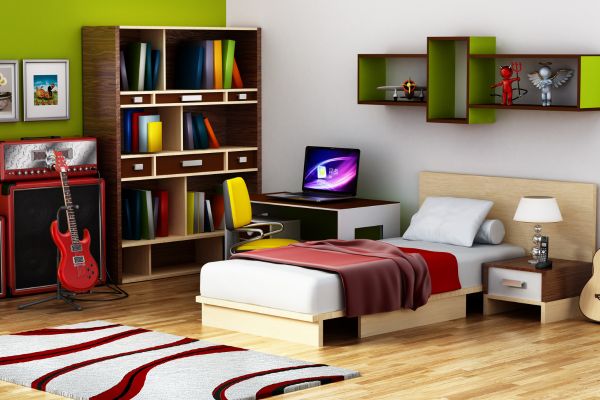
Determining where to put your desk in your room, take into account your personal preferences and habits. Reflect on factors such as whether you prefer a quiet corner for focused work or enjoy working near a window with a view. Consider your daily routines and habits, such as whether you are a morning person who thrives in natural light or someone who prefers working in the evening with subdued lighting. By aligning the placement with your individual preferences and habits, you can create a workspace that enhances your comfort and productivity.
Promoting Relaxation and Sleep

While the primary function of your desk is to facilitate work, its placement in your bedroom should also promote relaxation and restful sleep. Avoid positioning too close to your bed, as this can create a subconscious association between work and sleep, making it difficult to unwind at the end of the day. Instead, aim to create a designated workspace that you can mentally and physically step away from when it’s time to relax and prepare for sleep. By maintaining a clear boundary between work and rest areas within your bedroom, you can promote a healthy work-life balance and improve the quality of your sleep.
Utilizing Technology
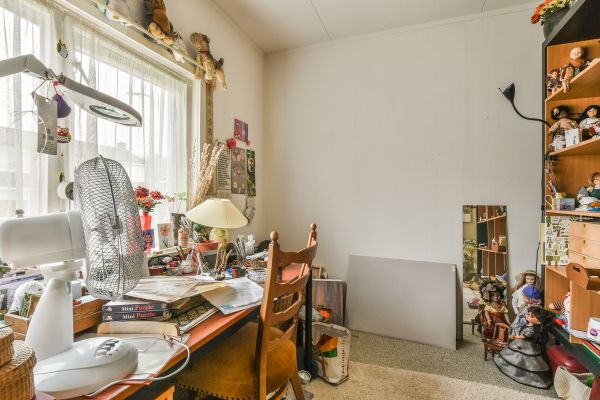
Deciding on the placement of your desk in your room, consider how you can leverage technology to enhance your workspace. Position near power outlets to ensure easy access to electricity for charging devices and powering electronics. Additionally, think about incorporating ergonomic accessories such as monitor stands or cable management solutions to optimize comfort and efficiency. By strategically integrating technology into your workspace, you can create a modern and functional environment that supports your workflow and productivity.
Flexibility and Adaptability
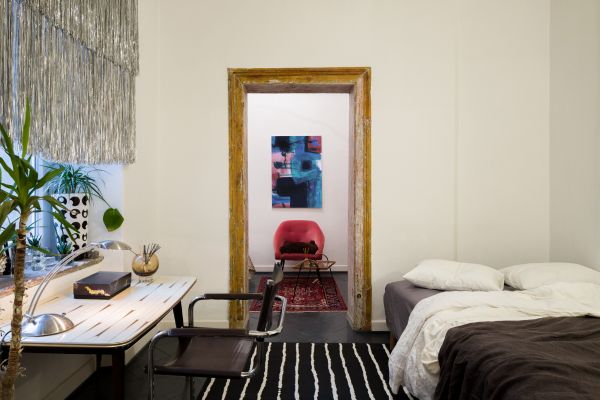
The ideal location for your desk in your bedroom should allow for flexibility and adaptability to accommodate changing needs and preferences. Choose a spot that offers room for adjustments, such as rearranging furniture or adding supplementary lighting as necessary. Consider investing in a modular desk or movable furniture pieces that can easily be reconfigured to suit different tasks or activities. By prioritizing flexibility and adaptability in your workspace design, you can future-proof your setup and ensure its relevance and usability over time.
Safety Considerations
Safety should be a top priority when determining where to place your desk in your room. Avoid positioning it near potential hazards such as overloaded electrical outlets, flammable materials, or obstructed pathways. Ensure that there is adequate space around your desk to move freely and that it is stable and secure to prevent accidents or injuries. Consider installing safety features such as surge protectors or cable organizers to mitigate risks associated with electrical hazards or tripping hazards. By prioritizing safety considerations in your workspace layout, you can create a secure and conducive environment for work and relaxation.
Feng Shui Principles
Incorporating Feng Shui principles can help create a harmonious and balanced energy flow in your bedroom workspace. According to Feng Shui philosophy, the placement of your desk should support productivity, creativity, and well-being. Position in a commanding position facing the door, but not directly in line with it, to foster a sense of control and empowerment. Avoid placing your desk in a cramped or cluttered area, as this can inhibit energy flow and create a sense of stagnation. By applying Feng Shui principles to your workspace layout, you can optimize the flow of positive energy and create a harmonious environment conducive to focus, creativity, and productivity.
Professional Input
Seeking professional input, such as consulting with an interior designer or ergonomics expert, can provide valuable insights into optimizing the placement of your desk in your bedroom. These professionals can offer tailored recommendations based on your specific needs, preferences, and space constraints. An interior designer can help assess your bedroom layout and suggest creative solutions for integrating your desk seamlessly into the overall design scheme. Similarly, an ergonomics expert can advise on ergonomic principles to ensure that your workspace promotes comfort and productivity while minimizing the risk of strain or injury. By leveraging professional input, you can make informed decisions that enhance the functionality and aesthetics of your bedroom workspace.
Case Studies and Examples
Examining case studies and real-world examples can offer inspiration and practical ideas for placing your desk in your room. Look for examples of how others have successfully integrated a workspace into their bedroom design, taking note of innovative solutions and creative layouts. Consider factors such as room size, furniture arrangement, and personal preferences when evaluating case studies. Additionally, explore online resources, interior design blogs, and social media platforms for a wealth of ideas and inspiration from individuals who have transformed their bedrooms into functional and stylish workspaces. Drawing from case studies and examples can help you visualize different possibilities and inform your decision-making process when setting up your desk in your bedroom.
Conclusion
Determining where to put your desk in your bedroom requires careful consideration of various factors, including layout, ergonomics, personal preferences, and safety considerations. By strategically placing your desk, you can create a functional and comfortable workspace that supports productivity, creativity, and well-being. Incorporating technology, flexibility, and Feng Shui principles can further enhance the functionality and harmony of your bedroom workspace. Seeking professional input and drawing inspiration from case studies and examples can provide valuable guidance and inspiration for optimizing the placement of your desk. Ultimately, by thoughtfully designing your bedroom workspace, you can create an environment that fosters productivity, relaxation, and overall satisfaction.
